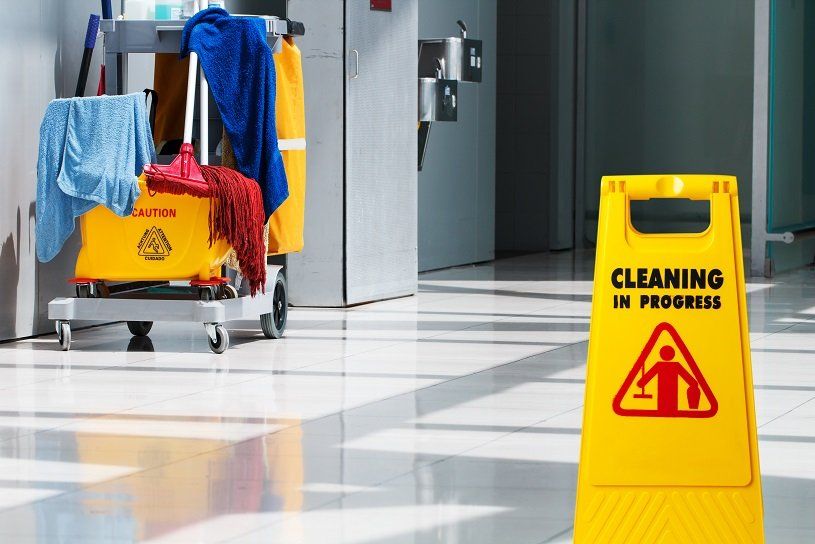October is SafeWork month, an initiative of SafeWork Australia that is designed to raise awareness of the importance of workplace safety.
Workplace hazards can happen anywhere
Last year 198 people in Australia died at work and over 111,200 people made a workers’ compensation claim for a serious injury. Many of these occurred while workers were operating or in vehicles, working at height or handling objects.
111,200 people made a workers’ compensation claim for a serious injury.
While workers in industries like road transport, construction, agriculture, and manufacturing do have a large proportion of claims, industries like public administration, healthcare and accommodation also have many serious claims and even fatalities.
The type of hazards that workers face depends largely on the work they’re doing but they aren’t always easy to identify. For example, 20% of serious claims in the agricultural industry involved four-legged animals, while one in three serious claims in the accommodation industry was due to non-powered hand tools, appliances, and equipment.
In public administration, the frequency rate for claims of disease is actually 50% higher than the average. This highlights just how challenging it can be for businesses to identify potential hazards and mitigate them.
New Paragraph

A moment is all it takes
While it’s not always possible to mitigate every risk, there are many things that businesses can do to prevent workplace injuries and hazards. SafeWork Australia has outlined a five-point framework that businesses can use to help them identify potential hazards and determine ways to minimise their risks.
1. Design safe – Designing a safe workplace can make your business more efficient and eliminate any hazards before your employees even start their working day. When designing a safe workplace think about what physical, mental and emotional demands your employees face and what they work environment is like. This includes any machinery, equipment or structures that must be in the workplace and what they need to use these safely.
2. Source safe – If your employees use any tools or equipment to complete their job, make sure they’re fit for purpose. This includes making sure they’re high quality and are well-maintained. When purchasing tools or equipment, consider consulting with the people who will be using them to make sure they’re best suited for the job.
3. Use safe – Everyone needs to be involved in creating a safe workplace. To achieve this it’s important to have conversations about safety every day. Your business can jump-start the discussion by completing a risk assessment and identifying whether you have the right controls in place. Training, safety checks, emergency plans and making the right equipment and personal protective equipment available are also an important part of making sure your employees are protected.
4. Keep safe – Equipment that has not been maintained or is damaged can be a significant hazard in the workplace. To keep safe, make sure any broken or damaged equipment is replaced, maintenance schedules are in place and up to date and your business has processes in place to report breakdowns and malfunctions.
5. Repeat – Safety isn’t something that you set and forget. Once you have the systems and processes in place, it’s important to continuously review your risks and invest in improvements.
To help you keep your employees safe at work, partner with an agency who understands what is important for your business.



